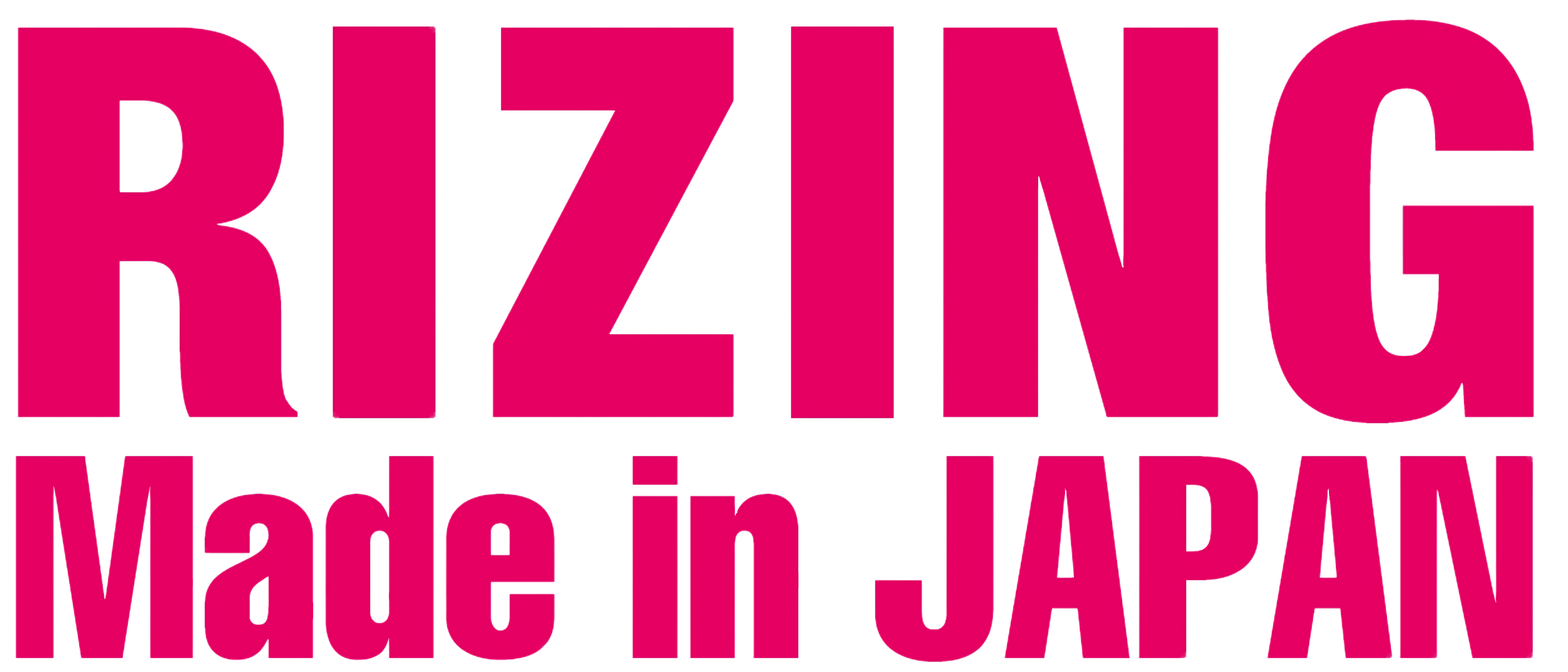In the modern economy, the concept of work has undergone radical transformations marked by hyper-differentiation. This term refers to the increasing specialization and complexity of job roles, driven by technological advancements, globalization, and evolving consumer demands. The implications of hyper-differentiation are profound, reshaping labor markets, altering workforce dynamics, and influencing socio-economic structures.
Historically, the nature of work was relatively homogeneous during the early industrial era. Many individuals engaged in agricultural tasks or repetitive factory roles. According to the U.S. Bureau of Labor Statistics, in the early 1900s, nearly 60% of the American workforce was employed in agriculture, predominantly performing labor-intensive tasks. However, the mid-20th century marked a pivotal shift as economies transitioned towards service-oriented models. This shift was propelled by advancements in technology and mechanization, which enabled mass production and subsequently led to the proliferation of consumer goods. By 2020, only about 1.3% of the U.S. labor force was engaged in farming, while service sectors encompassed approximately 79% of employment.
The phenomenon of hyper-differentiation can be traced back to the technological revolution of the late 20th century. The emergence of computing technologies and the internet facilitated the rise of knowledge-based economies characterized by information exchange, innovation, and intellectual property. As such, job roles diversified, requiring specialized skills that were not previously necessary. For instance, the demand for data scientists, social media managers, and cloud computing experts has surged in recent years. The World Economic Forum projected that by 2025, over 97 million new roles may emerge that are more adapted to the new division of labor, with experts in artificial intelligence, machine learning, and robotics leading the demand.
Moreover, globalization has accelerated hyper-differentiation by creating interconnected markets where labor can be sourced based on comparative advantages. Companies now operate in a global landscape, necessitating a more diverse skill set to navigate different markets, cultural nuances, and regulatory frameworks. The OECD observed that countries with higher levels of globalization tend to experience greater job specialization. For example, in India, a burgeoning tech industry has resulted in the emergence of specialized roles such as blockchain developers and data privacy consultants. This trend has led to exponential increases in salaries for such specialized positions, contrasting sharply with lower-paying, less differentiated jobs in manufacturing and assembly.
The impact of hyper-differentiation on the workforce entails both opportunities and challenges. On one hand, specialization can lead to increased productivity and innovation. For example, companies like Google and Amazon thrive by employing highly specialized teams that drive innovation and efficiency. A study conducted by the McKinsey Global Institute found that companies engaging in hyper-specialization reported productivity increases of up to 30%, a considerable advantage in today’s competitive landscape.
On the other hand, hyper-differentiation has significant socio-economic implications, particularly regarding job security and income inequality. As the job market becomes more specialized, the demand for low-skilled labor diminishes, leading to increased unemployment rates among workers unable to adapt. According to a report from the Brookings Institution, up to 25% of U.S. jobs are at high risk of automation, disproportionately affecting low-income workers and exacerbating economic disparities. Additionally, the skills gap creates barriers for those outside the educational system, as specialized roles often require higher levels of education and training.
Furthermore, hyper-differentiation contributes to a precarious labor environment characterized by the gig economy. The rise of freelance and contract work has introduced volatility and uncertainty into traditional employment models. A report by Statista indicated that as of 2021, nearly 36% of U.S. workers were engaged in gig work. This trend not only challenges conventional benefits associated with full-time employment, such as health insurance and retirement plans, but also presents difficulties in job security, professional growth, and skills development.
In conclusion, hyper-differentiation of work in contemporary society reflects a complex interplay of technological, economic, and social factors. As the labor market continues to evolve, the challenge lies in adapting to these changes, ensuring equitable access to specialized training, and addressing the socio-economic consequences of increased differentiation. Efforts to cultivate a skilled workforce capable of navigating the intricacies of hyper-differentiated roles will be vital in determining the overall resilience and inclusivity of our economies in the coming decades.

